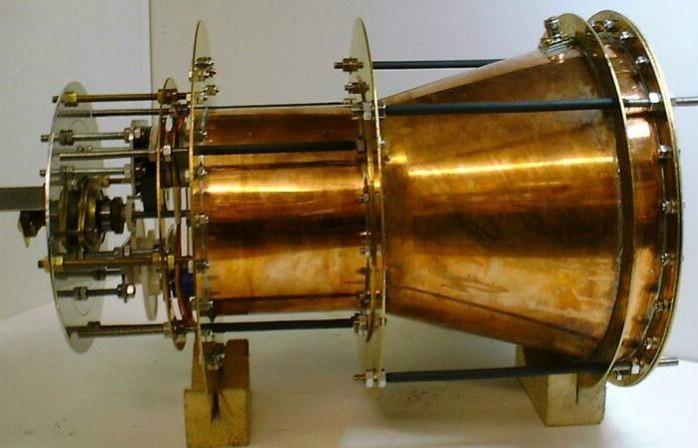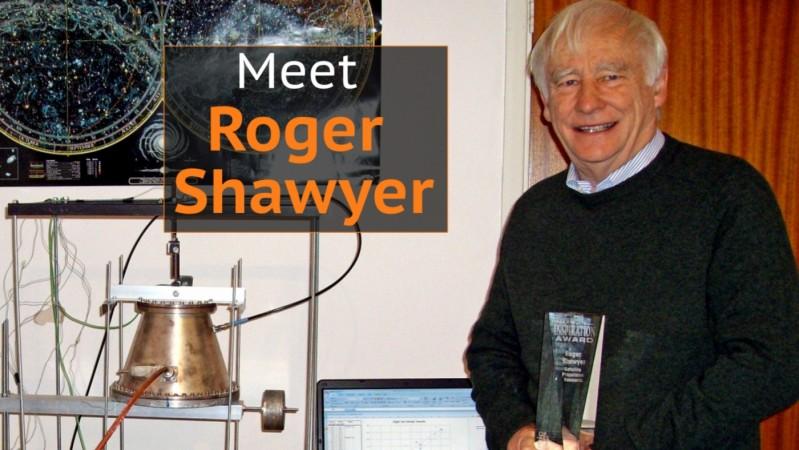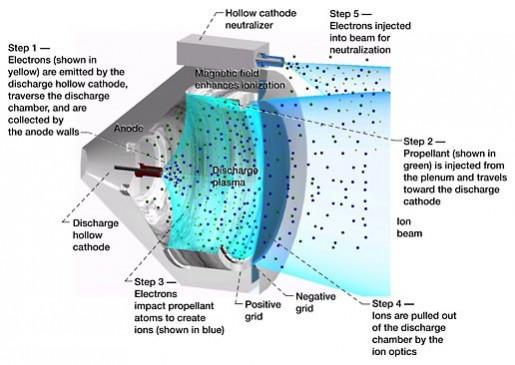
Many developments in space research made headlines this year but the controversial Electromagnetic Drive spacecraft, popularly known as the EmDrive, was perhaps the one that captured the fancy of most technology buffs.
Also Read: Top Space News 2016: Discoveries, theories and mysteries
Here is all you need to know about the EmDrive technology:

- This unique rocket engine was proposed in the year 1999 by Roger Shawyer.
- This EmDrive technology functions by releasing microwaves in a cone-shaped engine. This phenomenon makes the engine move forward and acts like a propulsion system.
- The project about this revolutionary spacecraft was initially discussed on April 29 2016
- This space time travel reducing technology was headed by NASA's Eagleworks Laboratories on August 31 2016, which showed the confidence of the American scientists to achieve the impossible.
- In October 2016, the EmDrive space propulsion technology was defined as controversial and impossible by the NASA Eagleworks Laboratory. It was also stated that the details regarding this technology will be made available to the public after it's peer-reviewed and published.
- The peer reviewed paper was published on November 17 2016. It revealed that NASA had used electricity to generate and bounce the microwaves in a close copper cone.
- What makes this technology unique and rare is its ability to make astronauts space travel quicker. For example, they require three or more months to travel to Mars but this hypothetical technology will make it possible within a month's time. Also, this spacecraft requires no rocket fuel.

The latest EmDrive controversy:
Though this technology has been claimed to be impossible, China shocked everyone by claiming to carry out the EmDrive test successfully, and defeated NASA in this space race after conducting research on the technology for five years. China even stated that it is conducting further tests on the EmDrive in space, aboard its Tiangong-2 space station.
Though these claims have been made by the country, the paperwork or evidence has not been peer reviewed yet, which makes these declarations doubtful.









